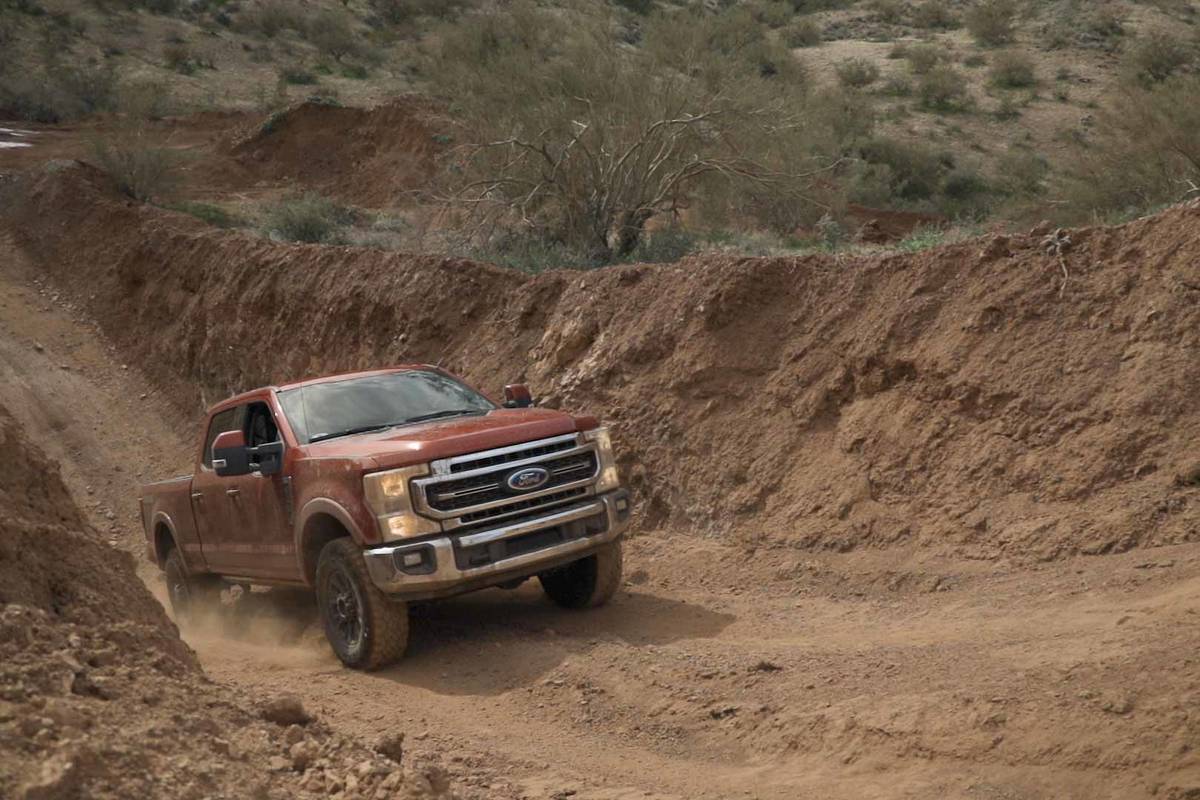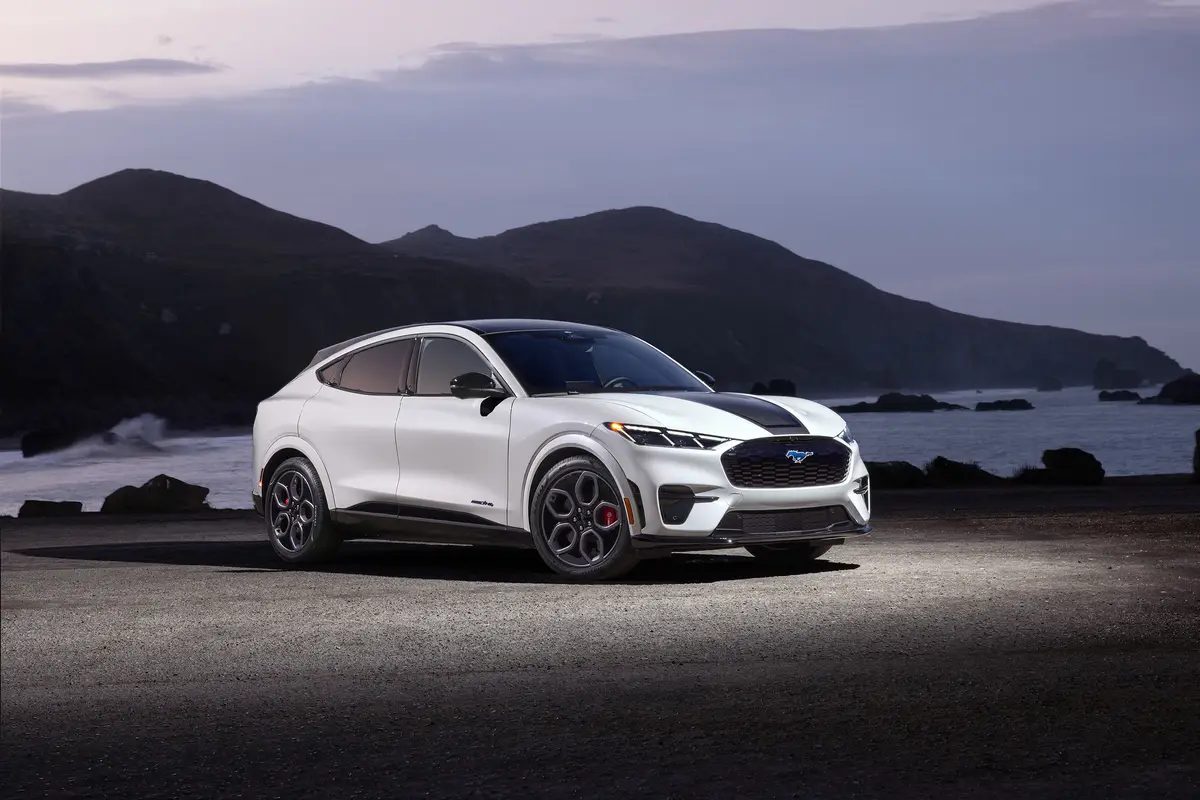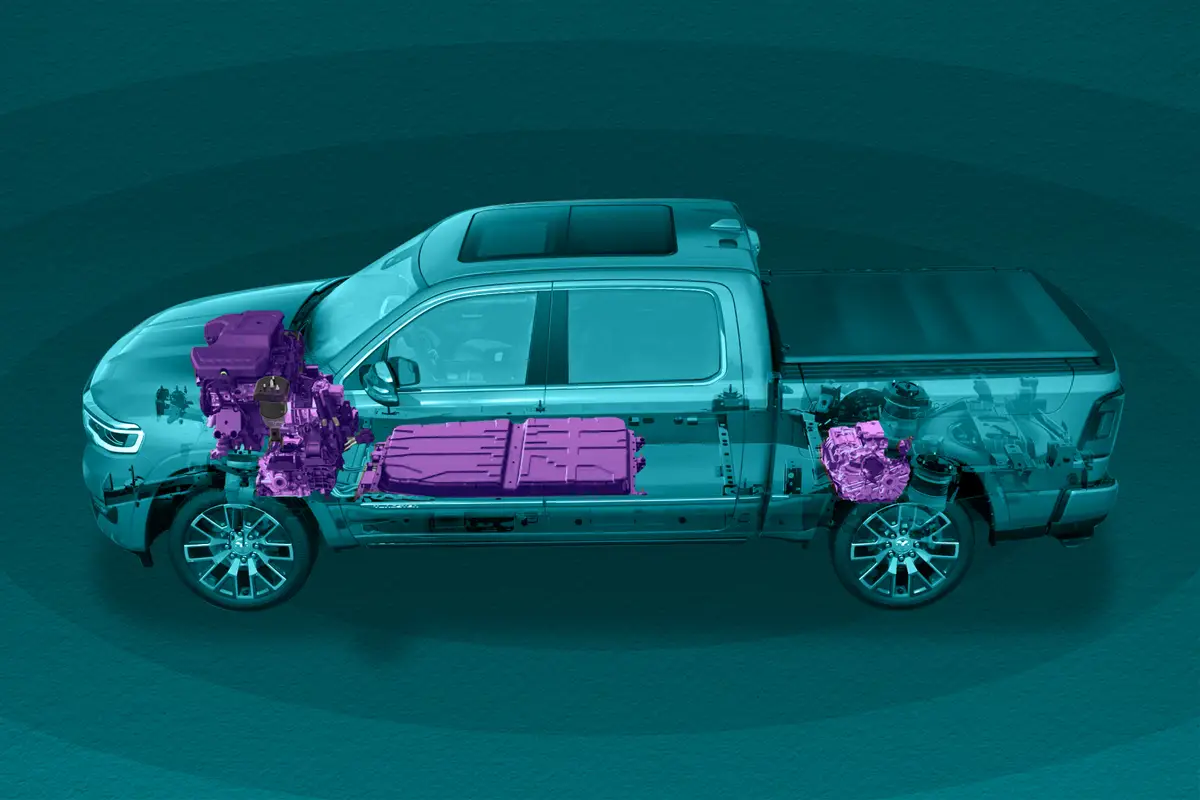chicagotribune.com's view
For more years than Ford wants to remember, or admit, the Chevrolet Suburban has had a lock on the full-size sport-utility market.
Suburban offered the ultimate sport-ute for those with large families or large boats or campers to tow. Needed to seat nine? You bought a Suburban–or two Ford Explorers.
For 1997, Ford finally built a rival to Suburban called Expedition, a vehicle larger than the Chevy Tahoe, smaller than the Suburban, but with capacity for nine.
Ford is selling every Expedition it can build, obviously meaning Suburbans are sitting idle on dealer lots.
Hardly. Dealers still live a hand-to-mouth existence trying to get Suburbans. Expedition has done little to stifle interest in the Chevy. If anything, Expedition has called more attention to the benefits of a nine-passenger hauler.
Having just tested the GMC Yukon, we turned to the 1997 Suburban, basically a Yukon with an extra 20 inches in back to accommodate a third seat and still have a spacious cargo hold.
Like Yukon, the Suburban featured 4WD with an electronic shift control transfer case. Rather than fumbling with a transfer case on the floor, you push a button in the dash to go from two-wheel-drive to four-wheel-drive. It’s an easy step that removes the fear some have of trying to activate 4WD with a transfer-case lever and not being able to hit the spot needed to ensure all four wheels are pulling.
And with a button, there’s no lubricant to adopt the properties of concrete when the transfer-case lever isn’t used in a while.
One feature Suburban had that Yukon didn’t was a 6.5-liter, 190-horsepower, turbo diesel, V-8, an option instead of the standard 5.7-liter, 255-h.p., gas-powered, V-8.
Diesel offers a big advantage over gas in that the fuel-economy rating is an estimated 16 m.p.g. city/20 m.p.g. highway instead of a paltry 12/16. Vehicles with more than an 8,600-pound gross vehicle weight aren’t tested for mileage by the government, which allows an estimate.
GM officials insist they are working to boost mileage in Suburban and promise a “significant” improvement in the future. But they point out that any vehicle designed to haul nine people and their possessions plus pull a boat or camper isn’t going to win the fuel-economy competition.
A diesel means those who travel long distances typically can make it at least one way without having to search for fuel. Those who plow snow also prefer diesel because it means more driveways or parking lots per tank.
But a diesel has drawbacks. For one, start your 6.5-liter diesel Suburban on a crisp winter Saturday morning when the sound carries extra loud and extra far and watch the lights go on in the homes of your neighbors.
Diesels are known for their commotion, and the Suburban was loyal to that cause. You will hear the noise in th e cabin as well, which, if nothing else, makes your neighbors a bit happier.
Another drawback is that even though you may have a 40-gallon fuel tank and don’t have to stop all that often to fill, when you do you must 1) find a station that offers diesel, which often means a remote truck stop; 2) wait in line behind a truck getting 100 gallons of fuel before you can get $10 worth; and 3) carry a credit card because, if you’re running low on fuel, diesel can run a dime to a quarter more per gallon than gas.
And keep in mind that the 6.5-liter diesel is a $2,860 option in Suburban. Perhaps the noise and fuel cost wouldn’t be as troublesome if the engine wasn’t so expensive.
Suburban’s reason for existence is that it is a behemoth, while the reason it sells so well is that it doesn’t act like one. Credit the elastnomic variable orifice, or EVO, system, if you would. That’s engineering mumbo-jumbo for speed-sensitive power steering that was recalibrated for 1997 to reduce effort at low speeds, such as when maneuvering in parking lots. Suburban feels more limber.
GM also says it dramatically reduced the vehicle’s turning radius for ’97, which makes it feel more nimble, or as nimble as a nine-passenger vehicle can be.
And as for those nine passengers, Suburban’s cabin is wide enough so you have some “wiggle room” as Chevy calls it, space to move arms and legs without bumping into your ride mates.
Of course, you’ll need the wiggle room for occupants to work out the kinks in their legs should you skimp and not purchase the optional $225 running boards. Without running boards, the best way to get into a Suburban is to . . . Come to think about it, without a running board, there is no best way to get into a Suburban except by crane.
Latest news



